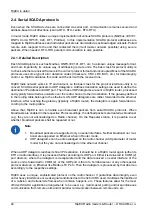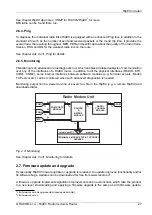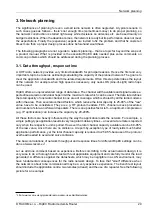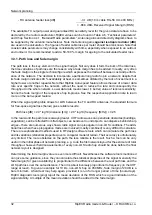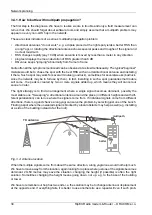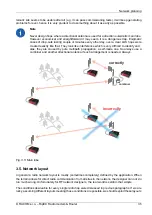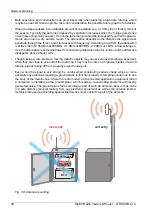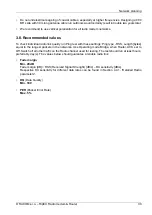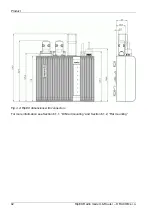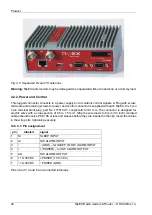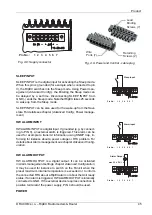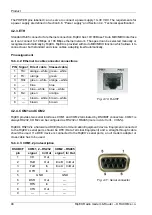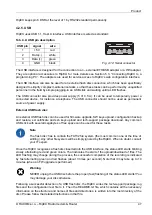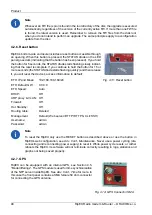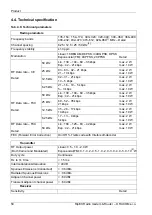
for the benefit of the network operation. The following options should be considered when defining the
layout of a radio network:
•
Placing a single repeater, which serves most of the network, on the top of a hill is a straightforward
and very common option. Sometimes it is the only feasible option. However, there are a few things
we must consider with this design. First, a dominant hilltop site is exposed to interference from a
large area; second, these sites are typically crowded with radio equipment of all kinds and it’s a
dynamic radio environment, so local interference may appear anytime; third, it makes the majority
of communication paths dependent on a single site, so one isolated failure may stop almost the
entire network. We need to be carefull that these hill top systems are well engineered with appropriate
filtering and antenna spacing so that the repeater radios operate under the best possible conditions.
Hot standby repeaters can also improve the repeater integrity. Here is an analogy… It’s hard to
have a quiet converstaion when a crowd is shouting all around you. So, make sure you give your
RiPEX repeaters the chance to communicate in a reasonable RF environment. Sometimes a different
layout can significantly reduce the vulnerability of a radio network.
•
When total throughput is important, as is typical in report-by-exception networks, splitting the network
into several independent or only slightly overlapping areas of coverage can help. The placement
of repeaters which serve the respective areas is crucial. They should be isolated from each other
whenever possible.
M
Repeater
Centre
Fig. 3.6: Dominant repeater – straightforward layout
RipEX Radio modem & Router – © RACOM s.r.o.
36
Network planning
Содержание RipEX 1.6.0
Страница 2: ......



